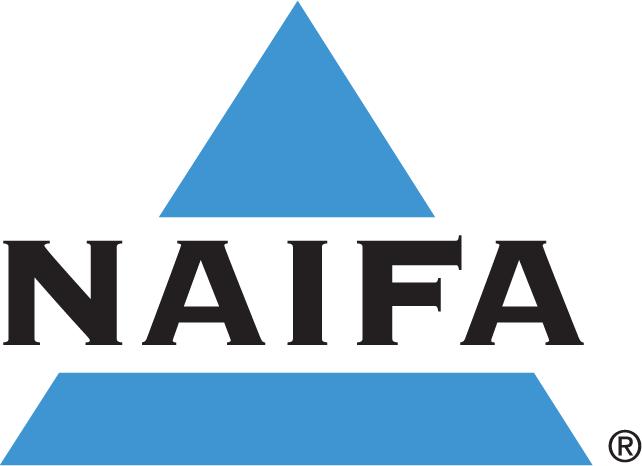On July 7, the Biden Administration published a proposed rule to roll back President Trump’s expansion of short-term health insurance plans. The Office of Management & Budget previously announced its approval of the proposed rule on “short‐term limited duration insurance” health plans (STLDI).
The existing rule, implemented during the Trump Administration, ensures that consumers have access to STDLI policies that provide health insurance coverage for up to approximately one year. NAIFA generally supports measures that aim to increase consumer choice, lower premiums, and foster greater competition in the health insurance market for both individuals as well as large and small groups. The Trump administration supported STDLI plans as a cheaper alternative to Affordable Care Act policies since the limits on benefits allow short-term plans to carry lower premiums.
Background on Short-Term, Limited-Duration Insurance:
- STLDI coverage have significantly lower premiums than Obamacare plans, providing an attractive alternative for those priced out of the Obamacare market.
- In October 2016, the Obama Administration limited STLDI policies to durations of 3 months, with no offers of renewal, for no reason other than to force more Americans into the unaffordable Affordable Care Act (ACA) marketplace.
- In October 2018, the Trump Administration expanded coverage durations to up to 364 days, with options to renew coverage for up to a total of three years.
Estimates from the Centers for Medicare & Medicaid Services, the non-partisan Congressional Budget Office, as well as the Urban Institute, have shown that the proliferation of STLDI plans leads to a net decline in the number of uninsured Americans.
Limiting STLDI plans would strip actual consumer protections from patients. That includes:
- Shortening STLDI contract terms
- Limiting the number or duration of renewal
- Prohibiting renewal guarantees
Any one of these steps would cause consumers to lose their coverage and likely leave them unable to purchase an ObamaCare plan. (STLDI plan termination does not trigger an ObamaCare special enrollment period.)
STLDI plans provide consumers access to temporary, basic, and affordable coverage, especially in periods of dire need. Although STLDI plans are not required to cover a minimum set of benefits like individual market policies, they can and do provide necessary stop-gap coverage while consumers shop for a more comprehensive health insurance plan. For many consumers, an STLDI policy may be the only option to secure temporary coverage until the next open-enrollment period or until the consumer gets covered under a new group insurance plan. In instances such as this, an STLDI policy that lasts beyond 90 days is critical so that the consumer can maintain a sufficient and affordable plan and not suffer a coverage gap.
STLDI policies may also serve as temporary coverage or even as a supplemental benefit in other circumstances, and NAIFA members have shared some specific instances where STLDI has been a particularly viable option for clients who need temporary and additional coverage beyond a 90-day period:
- Individuals seeking health insurance coverage while in a job transition and who discover COBRA payments to be too costly.
- Clients who qualify for an individual mandate hardship exemption, particularly those who fall into a Medicaid coverage gap
- New retirees seeking a temporary health insurance plan while waiting to enroll in Medicare
- Clients seeking coverage to ease financial hardship in the event of a critical illness or injury
- Self-employed persons who need additional coverage to complement their major medical plans
- Clients who recently turned 26 and are therefore ineligible to be covered under their parent’s plan
- Recent college graduates who have yet to secure coverage under a group health insurance plan through an employer
- Clients going through a life transition such as divorce or early retirement
- Individuals needing supplemental coverage to defray high costs of prescription medication
- Parents purchasing STLDI as coverage for their dependent children as a more affordable option than paying higher costs to cover them under an employer-sponsored group plan
- Students who have lost their coverage through their university and do not qualify for the special enrollment period
- American students studying abroad
- Individuals temporarily in the United States on VISA programs
- Families seeking temporary coverage for their children moving out of state
Given the role of STLDI in providing temporary coverage and even serving as an alternative to costly individual market plans, NAIFA opposes any efforts to eliminate policies that expand consumer choice or permit individuals to retain an STLDI policy for at least up to 12 months.







